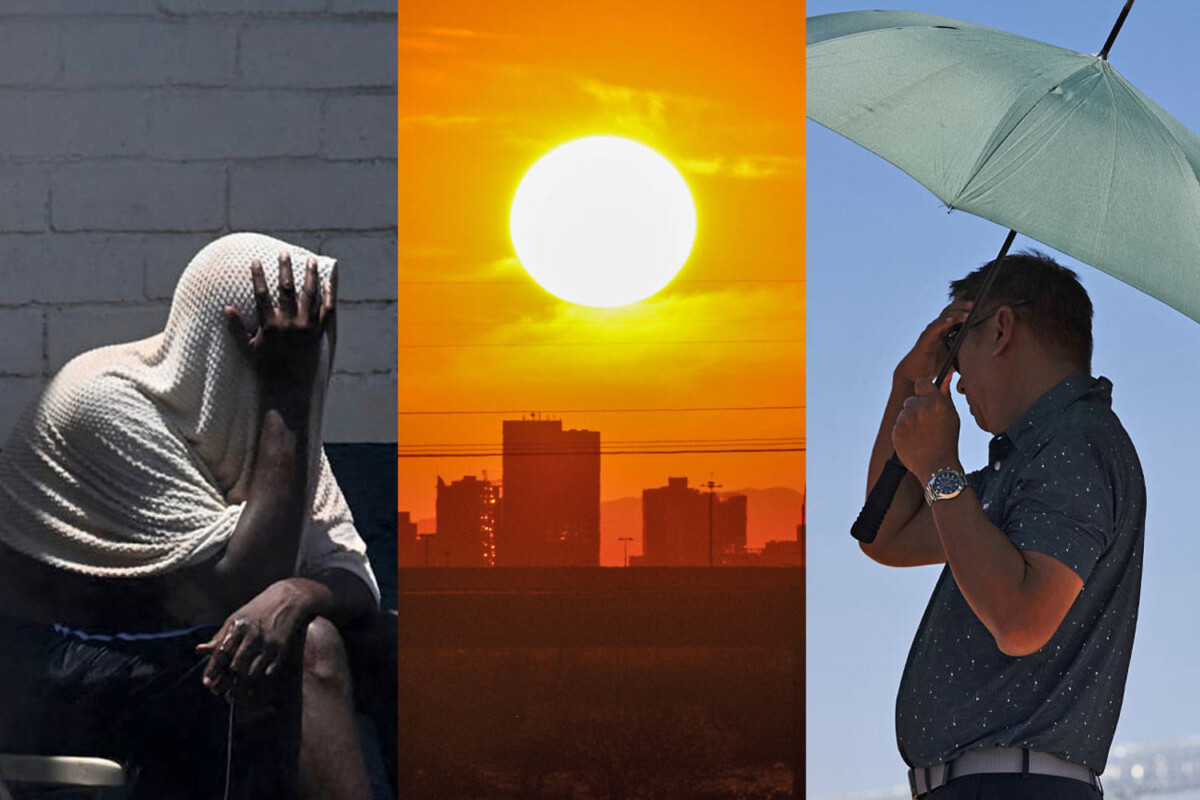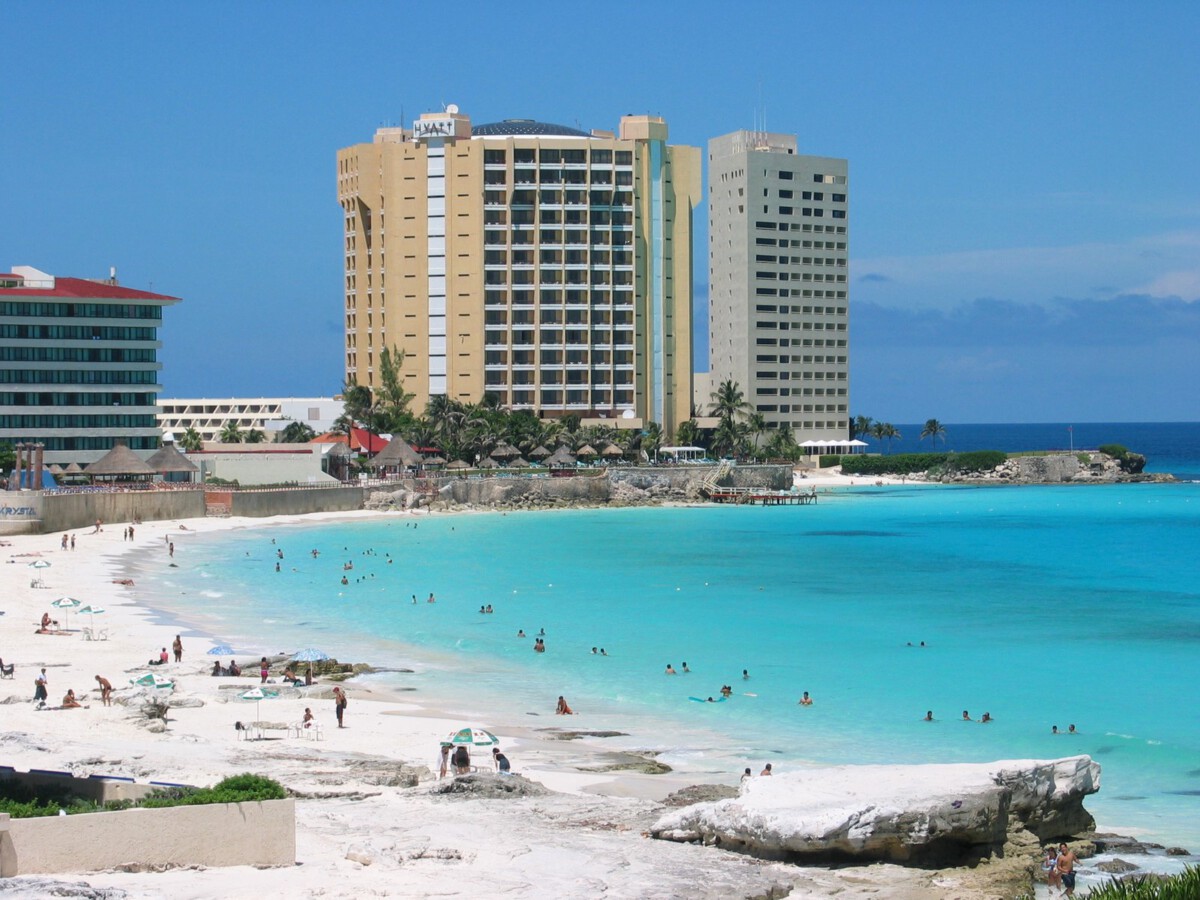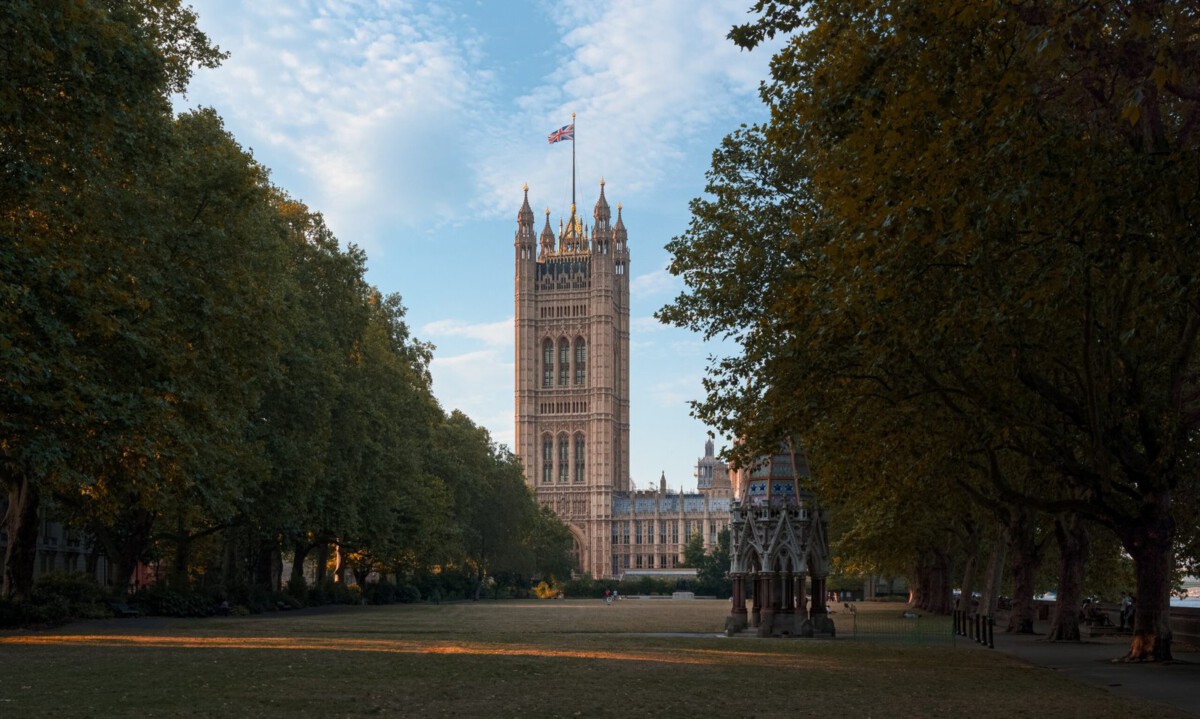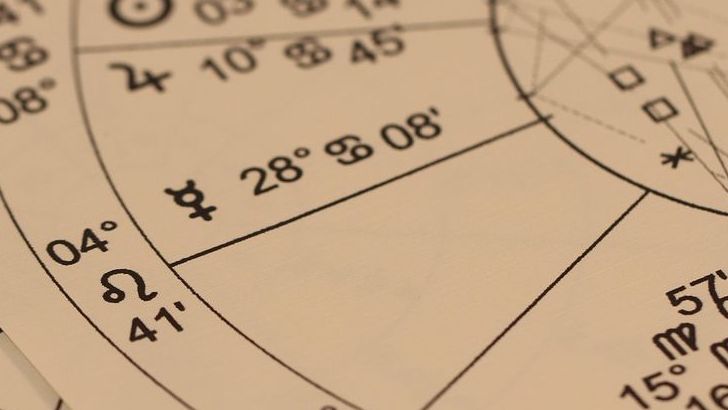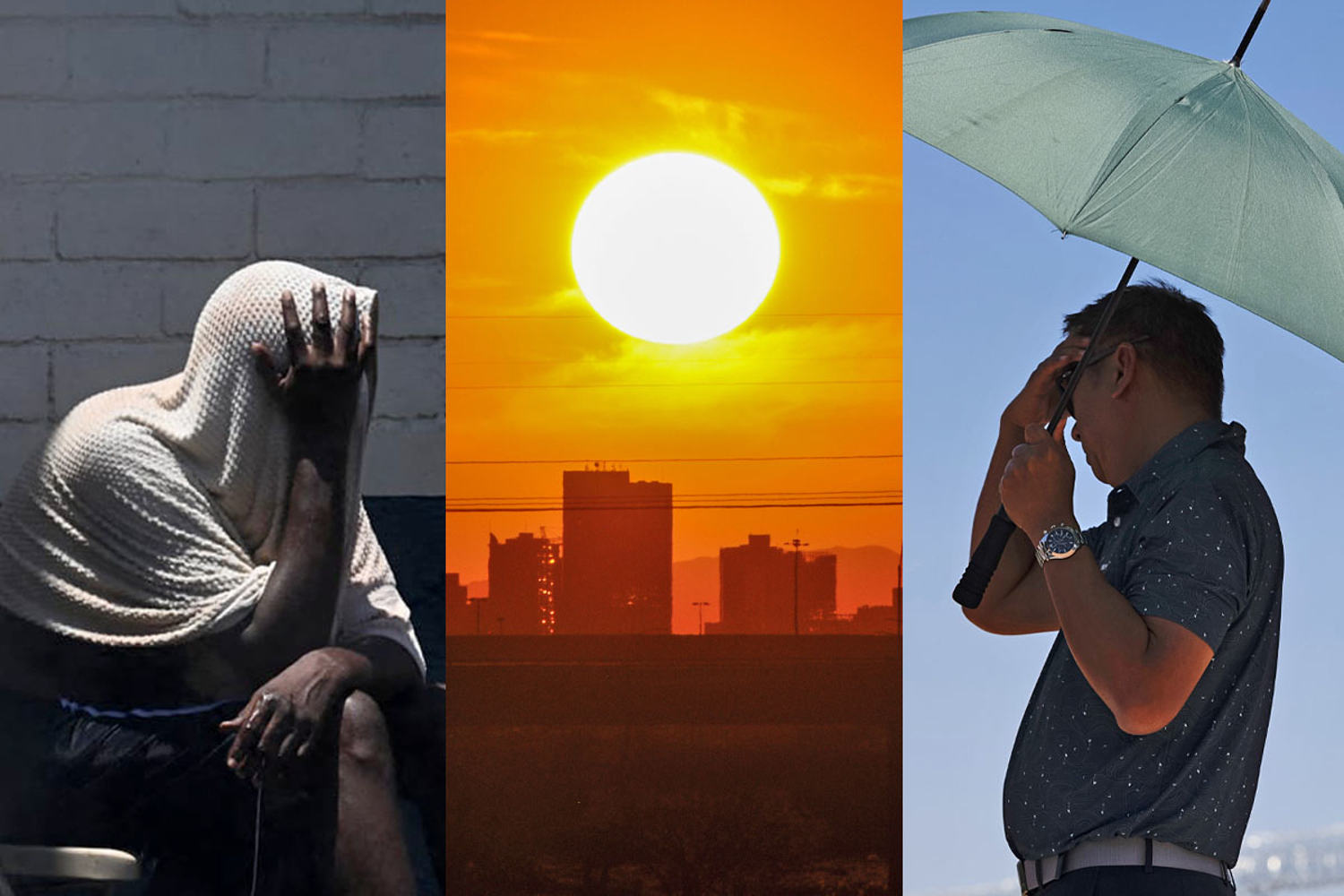
A Silent Killer Grips the Desert (Image Credits: Media-cldnry.s-nbcnews.com)
Phoenix – The air shimmers with unrelenting intensity, turning everyday streets into silent battlegrounds where temperatures climb mercilessly into triple digits.
A Silent Killer Grips the Desert
Imagine stepping outside only to feel your energy drain away in seconds. That’s the reality for millions in the Southwest right now. Heat waves aren’t new here, but this year’s ferocity has pushed cities like Phoenix and Las Vegas to their limits. Officials report that extreme temperatures are shattering records, with nights offering little relief as lows hover around 90 degrees.
Experts warn that these prolonged blasts of heat claim hundreds of lives annually, hitting vulnerable groups hardest. From outdoor workers to the elderly, no one escapes unscathed. Yet, amid the haze, communities are mobilizing in ways that could redefine summer safety.
Frontline Heroes Step Up
It’s no exaggeration to say paramedics are treating heatstroke like a daily epidemic. In Maricopa County, Arizona, response teams have innovated with mobile cooling units stationed at high-risk spots. These aren’t just fans; they’re life rafts in a sea of heat, equipped with ice packs and hydration stations that have already saved dozens this season.
Meanwhile, in Clark County, Nevada, outreach workers fan out to homeless encampments and low-income neighborhoods. They distribute cooling kits and check on isolated residents, turning potential tragedies into close calls. One coordinator shared how a simple afternoon patrol prevented a fatal outcome for an elderly man forgotten in the swelter.
Lessons from Past Scorches
Remember the 2021 Pacific Northwest heat dome? It caught everyone off guard, leading to over 600 deaths. Southwest leaders studied that disaster closely, implementing early warning systems that alert phones before the mercury spikes. This proactive approach has cut response times in half compared to previous years.
Public health campaigns now flood billboards and social media with tips on recognizing heat exhaustion. Schools and workplaces drill emergency protocols, ensuring everyone knows the drill. These changes stem from hard-won insights, proving preparation can blunt the edge of nature’s fury.
Tech and Community Team Up
Apps that track personal heat risk are popping up everywhere, customized for the desert climate. Users input their location and health details to get real-time advice, like when to seek shade or call for help. In Phoenix, a pilot program integrates this with city sensors, predicting hot spots before they boil over.
Community centers double as cooling havens, stocked with water and volunteers trained in basic aid. Partnerships with local businesses provide free AC access during peak hours. It’s a grassroots effort, blending high-tech tools with neighborly support to weave a safety net across the region.
Who Bears the Brunt?
Not everyone faces the heat on equal footing. Low-income areas often lack green spaces or reliable AC, amplifying risks for families already stretched thin. Data shows Black and Latino communities suffer disproportionately, with emergency calls surging in these neighborhoods.
Efforts target these inequities head-on. Grants fund tree-planting drives to create natural shade corridors. Utility assistance programs help cover cooling costs, easing the burden on those hit hardest. Addressing these gaps isn’t just fair; it’s essential for collective survival.
| Group | Key Challenges | Targeted Solutions |
|---|---|---|
| Outdoor Workers | Prolonged sun exposure | Mandatory breaks, shaded zones |
| Elderly Residents | Isolation, mobility issues | Home check-ins, transport to shelters |
| Homeless Individuals | No access to cooling | Mobile aid units, overnight shelters |
Looking Ahead to Cooler Strategies
As climate patterns shift, these heat waves may become the norm rather than the exception. Cities are investing in resilient infrastructure, like reflective rooftops and expanded public transit with AC. Federal funding is pouring in to scale up what works, aiming for zero preventable heat deaths by decade’s end.
Still, individual actions matter too. Stocking your home with cooling essentials and watching neighbors can amplify official efforts. The scramble today builds resilience for tomorrow, turning a regional crisis into a model for the nation.
Key Takeaways
- Early alerts and mobile cooling save lives by cutting response times.
- Community outreach targets vulnerable spots, preventing hidden dangers.
- Equity-focused policies ensure no one gets left in the heat.
In the end, beating back this invisible threat comes down to vigilance and unity – proving that even in the hottest hours, human ingenuity cools the odds. What steps are you taking to stay safe this summer? Share your thoughts in the comments.

